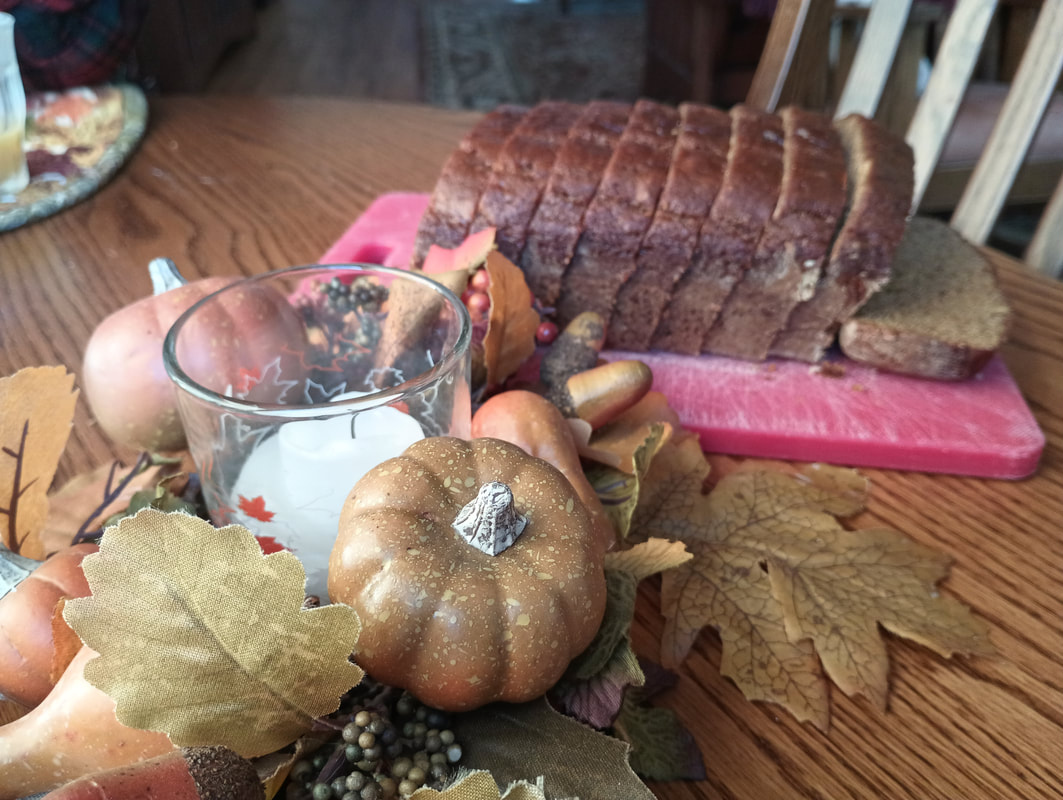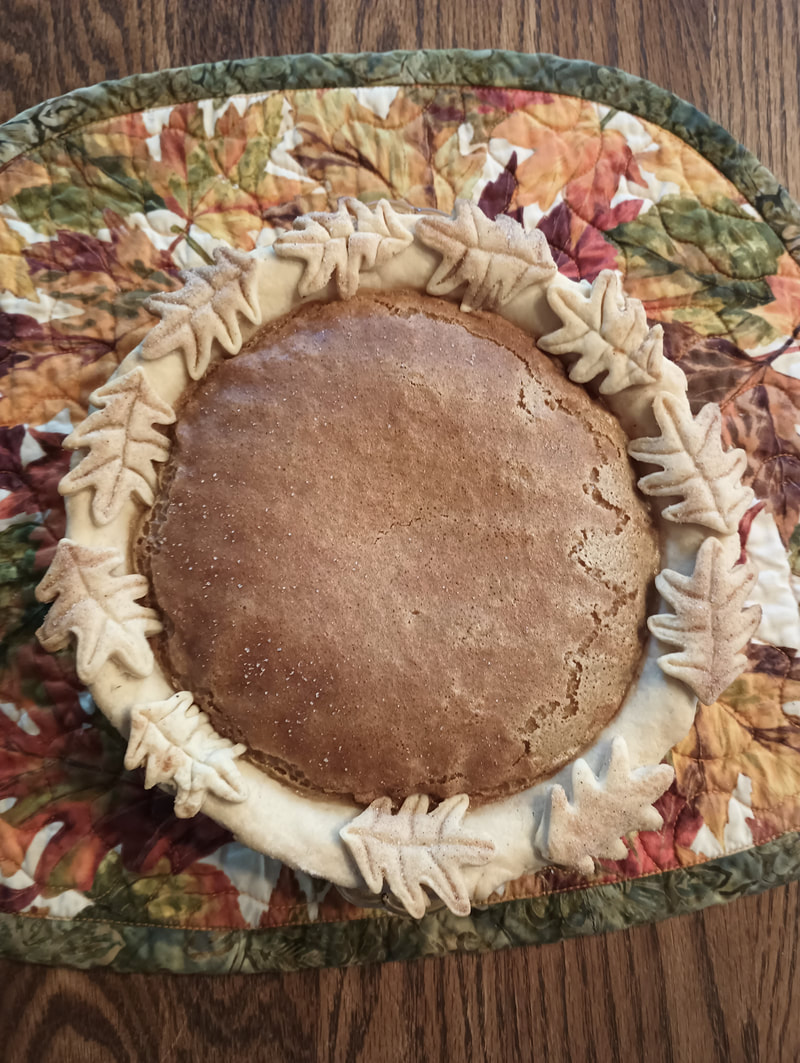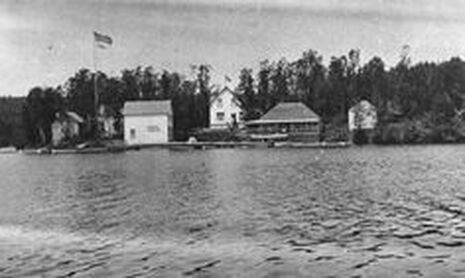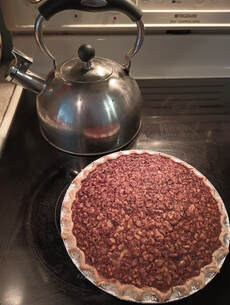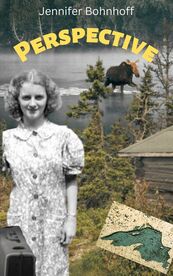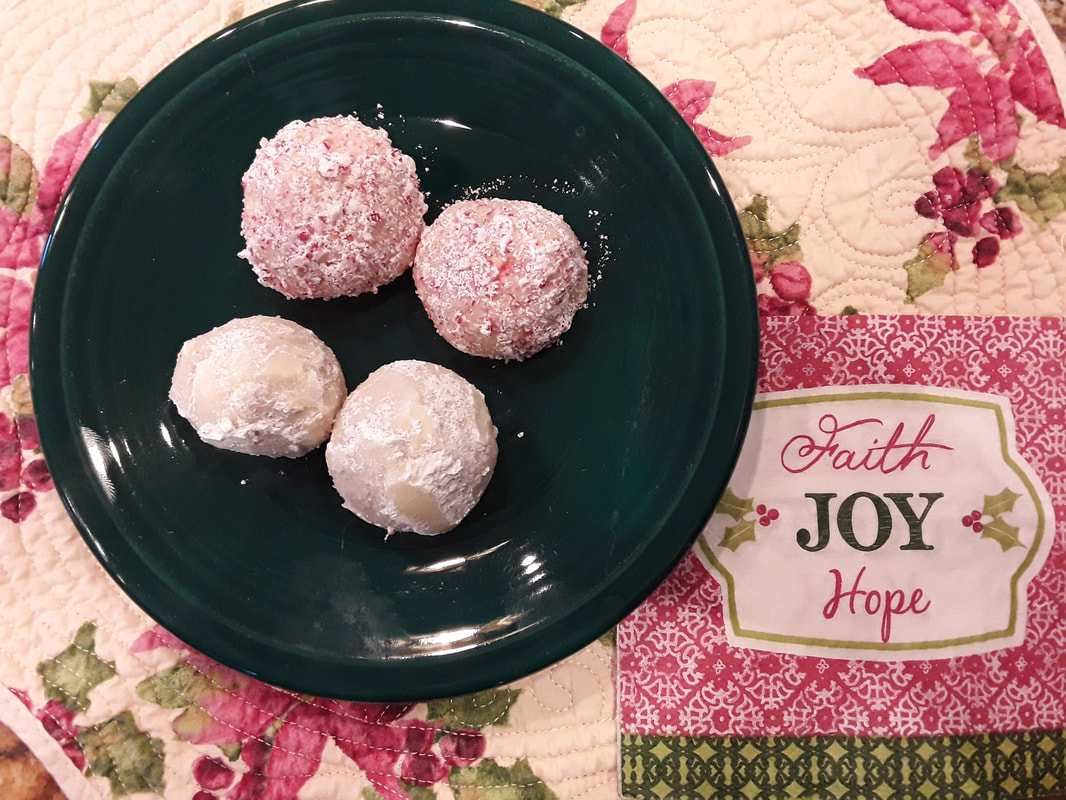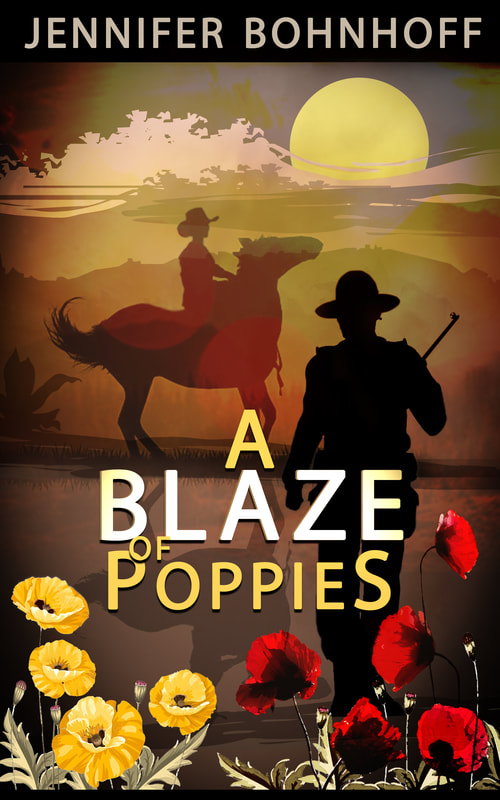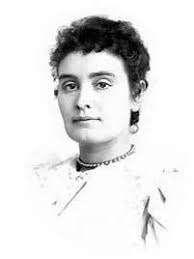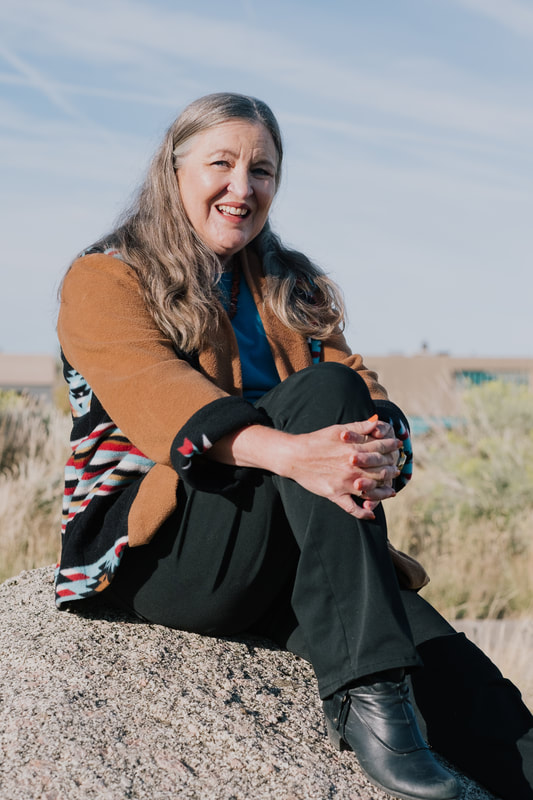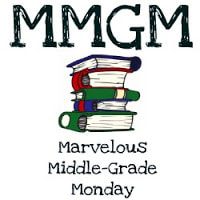So I got out my mother's old recipe for pumpkin bread, and I pulled all the ingredients out of my cupboards, and I discovered that I was in trouble. My mothers old recipe calls for 1 1/4 cups of vegetable oil, and I had just a little bit in the bottom of the bottle: definitely not 1 1/4 cups!
I live high up in the mountains. The closest grocery store is 20 minutes away. Did I want to drive 40 minutes just to get my craving filled? Not me. Instead, I did some tinkering with the recipe. What I ended up with was better tasting and healthier for you, too! I hope you give this recipe a try, and you agree with me.
Ingredients
1/2 cup sugar
2 TBS. oil
1/2 cup unsweetened applesauce
7 oz. canned pumpkin (if your measuring cup doesn't have ounces,
this is halfway between 3/4 and 1 cup)
1 1/2 cup flour
1 tsp baking powder
1 tsp baking soda
1/2 tsp salt
1 1/2 tsp cinnamon
Directions
Beat eggs, sugar, oil, applesauce, and pumpkin together until fluffy.
Mix in dry ingredients, blending well so that everything is evenly distributed.
Pour into a greased and floured bread pan. Smooth the top.
Bake for 1 hour, or until the top bounces back when lightly pressed down with your finger.
